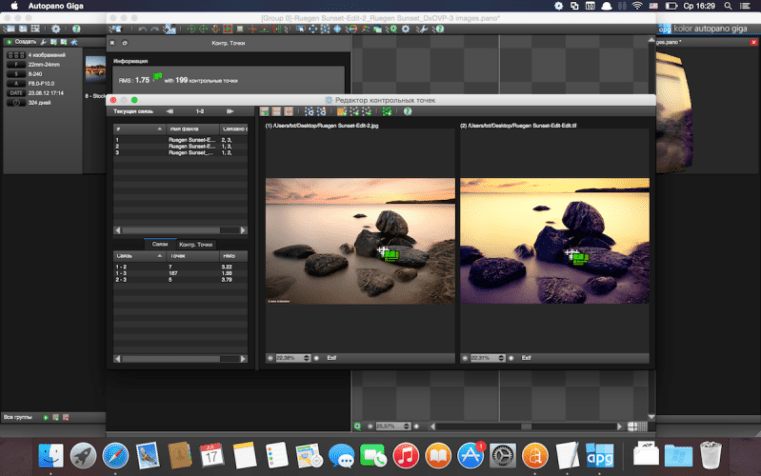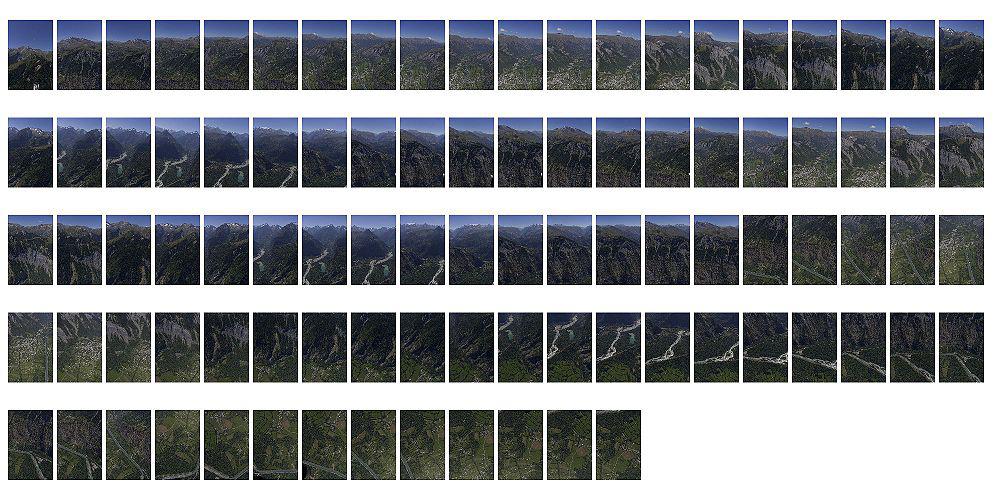

KOLOR AUTOPANO GIGA V2.6 PRO
When it does not then the project is sent to the companion applications PTGui Pro or Autopano Giga. This might or might not lead to useable results.

The next step is an automatic stitching pass, which VideoStitch calls “calibration”. Failing this the clips are synced manually. Both applications will try to automatically sync the clips using motion, audio, or a flash frame. If the cameras were started by hand the difference might be several seconds. If the cameras on the rig were started remotely the difference in start time might be, for example, 0 frames to 2 frames. The first step in using both video-stitching applications is importing the clips into the application. Premiere was also used to cut the stitched videos together and add titles and visual effects. In our workflow Adobe Premiere was used to process clips in a way that makes it easier for VideoStitch, especially, to do its job.
KOLOR AUTOPANO GIGA V2.6 FREE
So, once again, if you’re working with VideoStitch you’re also working with PTGui Pro (although Hugin is a free alternative), and if you’re working Kolor’s Autopano Video Pro you’re also working with Kolor’s Autopano Giga. (Note that Autopano Video Pro and Autopano Giga can be purchased as a package, thereby reducing the cost.) The idea is that VideoStitch and Autopano Video Pro work with video, and PTGui Pro and Autopano Giga work with stills, but in doing so they create templates or otherwise interact with the video-stitching applications to enhance the functionality of the video-stitching applications. Kolor’s Autopano Video Pro relies on Kolor’s Autopano Giga ($221).
KOLOR AUTOPANO GIGA V2.6 FULL
Both rely on a second piece of software for their full functionality. This is a very effective tool that organizes clips generated by 360º rigs.īoth VideoStitch ($875) and Kolor’s Autopano Video Pro ($665) are used to stitch together video clips that come from a 360º spherical camera rig. I’d like to describe some similarities and differences between the two, and thereby give a very basic overview of the applications.īefore I do this I will mention 360CamMan ($225). (By the way, the correct pronunciation of “Kolor” is the same as the English “color”, according to Kolor’s support team.) But fewer people have actually used the applications. It occurred to me that many people involved with Virtual Reality, or 360º spherical content, have heard the names VideoStitch and Kolor. In the course of post the following applications were used: 360CamMan, VideoStitch, PTGui Pro, Kolor’s Autopano Video Pro, Kolor’s Autopano Giga, Adobe Premiere Pro, and DaVinci Resolve. They specialize in “immersive multi-sensory environments, simulators, virtual reality, gamified experiences, interactive marketing and sales tools.” The business of Positron is summed up succinctly on their website. The project was the brainchild of Jeffrey Travis, the forward-thinking President and Founder of Positron (). The video was released online on October 21st, 2015, the date made famous by the film. As a VR Post Production Supervisor, I recently completed post on a 360º spherical video by Positron which promotes Tesla cars by putting a Tesla Model S side-by-side with the DeLorean from BACK TO THE FUTURE II.


 0 kommentar(er)
0 kommentar(er)
